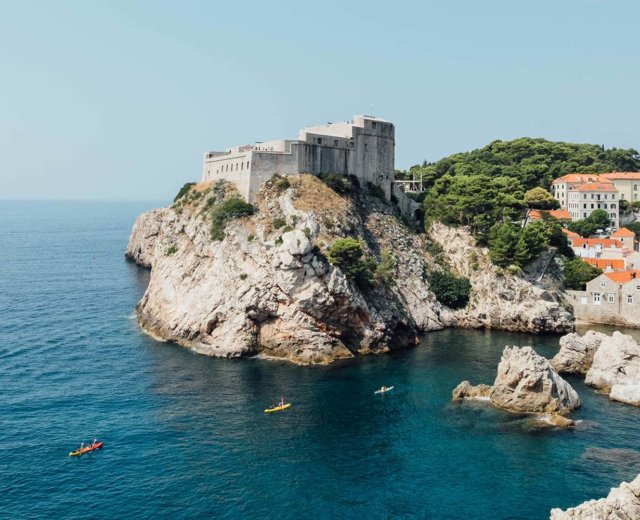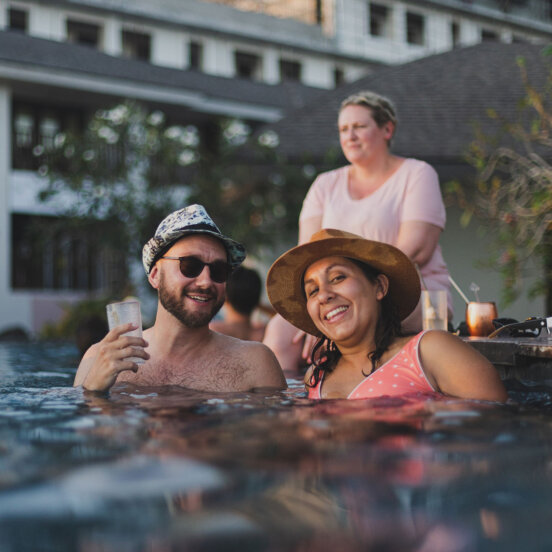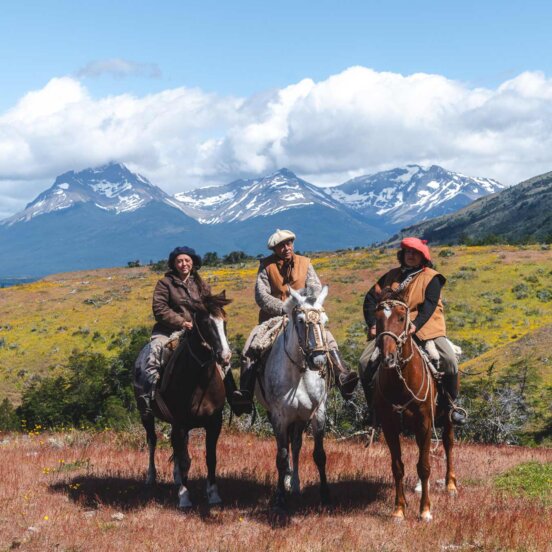The ultimate solo travel guide to Australia: Here’s everything you need to know
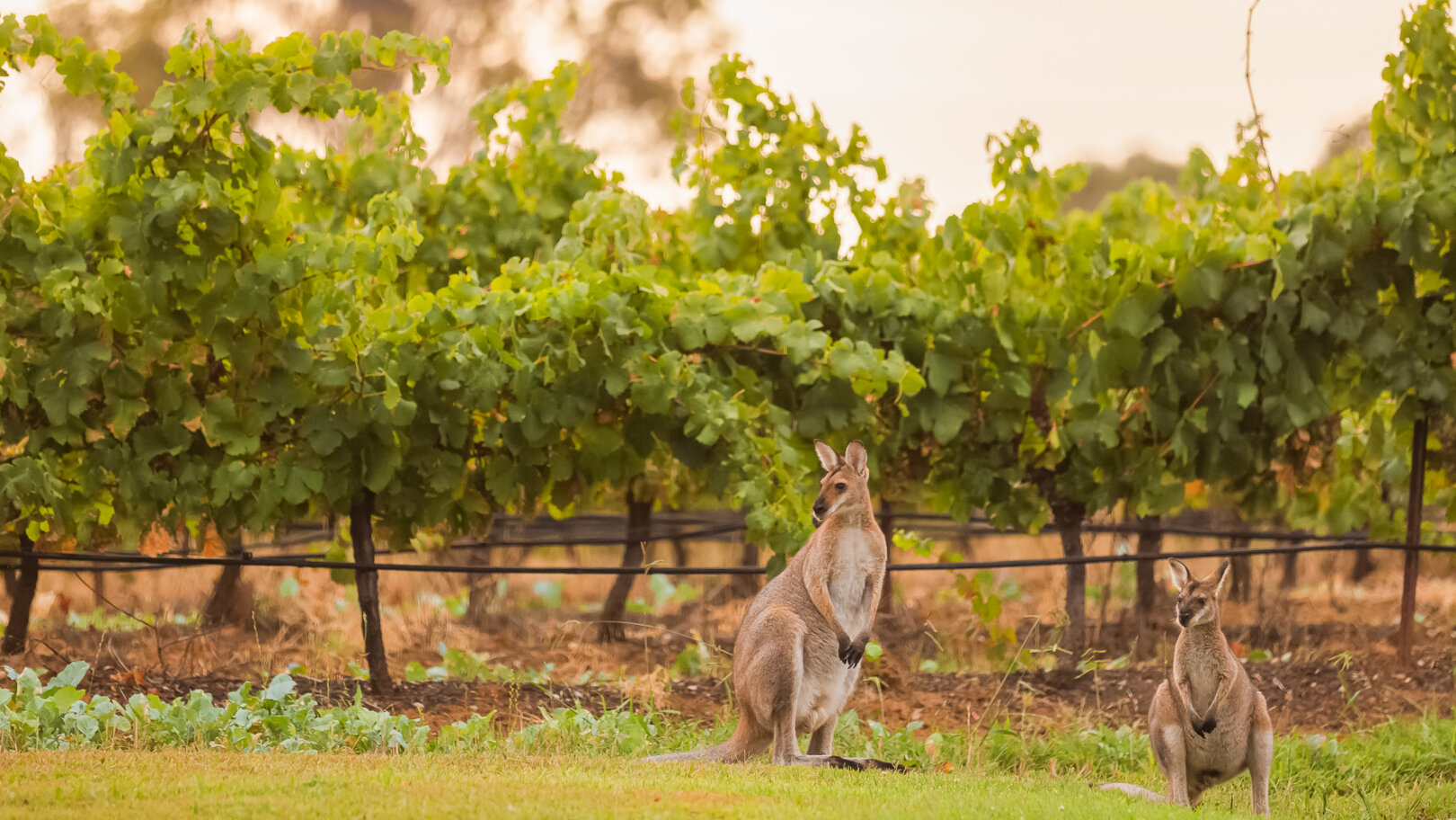
While Australia covers the majority of the continent, and is the sixth largest country in the world, it’s surprisingly easy to navigate, especially as a solo traveller. Bounded by three coastlines, the Indian, Pacific and Southern Oceans, nearly every aspect of it is accessible, from the vast expanse of golden beaches to the ochre-hued deserts of the Outback to the lush, green tropics of the rainforests.
Most first-timers begin their journey in Sydney before heading north along the cool East Coast, discovering the intrinsic beauty of the Hunter Valley winelands, visiting coastal charmers like Byron Bay and exploring the unique expanse of the Great Barrier Reef. Beyond the coast, Australia is home to a multitude of diverse landscapes, including the sacred Aboriginal site of Uluru, the limestone stacks of the Twelve Apostles, and over 650 national parks, the largest of any country in the world.
There’s also an abundance of wildlife residing inland and along its shores, with many species endemic only to Australia due to its vast distance from other nations. Wombats, kangaroos, koalas, quokkas and dugongs can be found in the wilds of the grasslands, bush, tropics and oceans. For those that don’t want to venture entirely alone, there’s always the option of a group solo travel adventure, where you get the freedom to explore without the hassle of having to organise everything yourself. Here’s everything you need to know about a group solo trip to Australia.
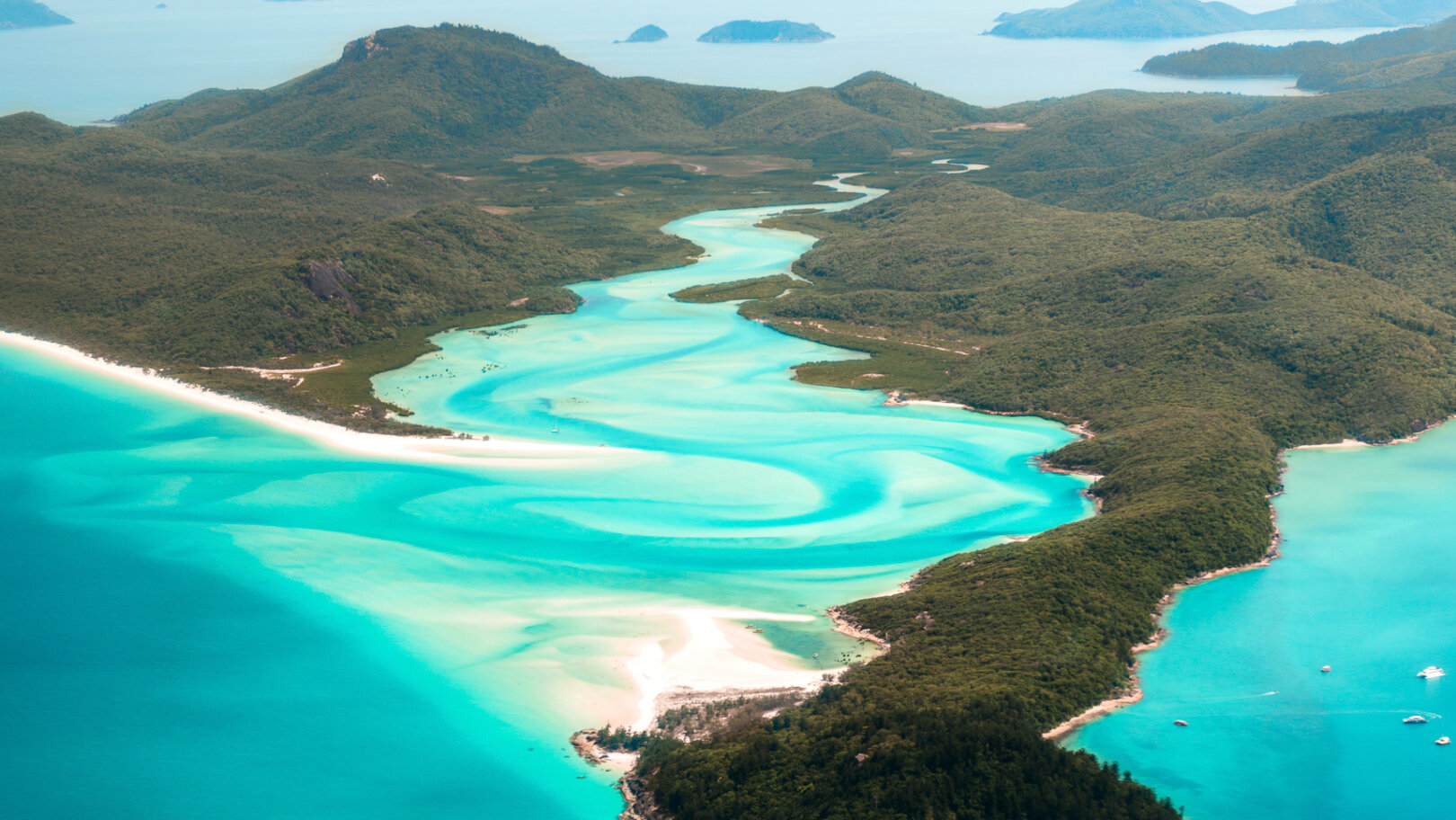
Australia travel facts
Australia’s landscapes dramatically unfold across the country, from the wilds of Western Australia to the glorious stretches of the eastern coastline, and from the tropical north to the rich diversity of Tasmania, the country’s smallest island state. The vast shrubbed plains of the Outback make up 70% of the landmass, while the coast covers a colossal 50,000 miles.
There are also 20 Unesco World Heritage Sites, including the Sydney Opera House, K’gari (Fraser Island) and the Great Barrier Reef, all part of Flash Pack’s 15-day East Coast Australia: Sydney, Byron and Beyond. In Bondi, surf lessons are available along the expansive shoreline, while a few hours north of Sydney, wine tours give a welcome taster of the Hunter Valley. Snorkelling and boat tours give a first-hand encounter of the vast swirls of the glorious Whitsunday Islands.
Is Australia good for solo travel?
Australia is perfect fodder for exploration, with laidback, friendly locals and a reliable public transport network that makes it ideal for travelling solo. Awash with natural spectacles, vibrant cities and indigenous sights, there’s plenty to see whether travelling for one week or one month.
But, with a lot of ground to cover it’s worth considering a group solo trip to Australia with Flash Pack. You’ll cover the 1,500 mile stretch of East Coast from Sydney to Cairns with a group of like-minded travellers, experiencing one-off moments together, creating memories and forming wonderful new friendships along the way.

Best places to visit in Australia
With Australia’s must-see sights dotted around the vast expanse of country, it’s hard to know where to start. So, what should you do on a solo trip to Australia? Flash Pack’s 15-day East Coast Australia: Sydney, Byron and Beyond offers the chance to tick off a multitude of big hitters while also experiencing some more unique adventures. Starting your journey in the sparkling harbour city of Sydney, you’ll see the iconic Opera House and Harbour Bridge, before moving on to a surf lesson in nearby Bondi beach.
You’ll then start your journey north, taking in the vines and vintages around the Hunter Valley wine region. Flying onto bohemian Byron Bay, you’ll throw yourself into local life with a yoga and breathwork session on the beach. Along the Sunshine Coast, you’ll visit the world’s largest sand island, K’gari (formerly known as Fraser Island), passing dunes, creeks and freshwater lakes on a 4×4 adventure. Airlie Beach is the gateway to the glorious swirling sands of the Whitsunday Islands which you’ll visit by private speedboat. The trip concludes in Queensland’s tropical north, exploring Daintree National Park, home to the world’s oldest rainforest, and taking a catamaran on the Great Barrier Reef, a hotbed of biodiversity that sprawls for over 2,300 kilometres off Australia’s northeast coast.
Where to stay as a solo traveller in Australia
Thanks to Australia’s diverse landscapes, there’s a vast range of accommodation options. So what are the hotels like in Australia? Sydney has a bounty of stylish stays, especially within its Central Business District (CBD), from high-end boutiques to heritage-listed properties, and further out at Bondi or Coogee, some glorious beachside boltholes.
Moving up the East Coast, you’ll find everything from farmstays to sprawling resorts. In Byron Bay, the focus is on sustainably-conscious hideaways and hip ocean-front retreats. Along the Sunshine Coast and into the far northern reaches, rainforest retreats and coastal stunners. On a group solo holiday to Australia with Flash Pack, luxury accommodation is arranged for you. Typically, you’ll share a room with a fellow Flashpacker, thereby swerving the single supplement. But if you want your own private space, that’s fine, too.
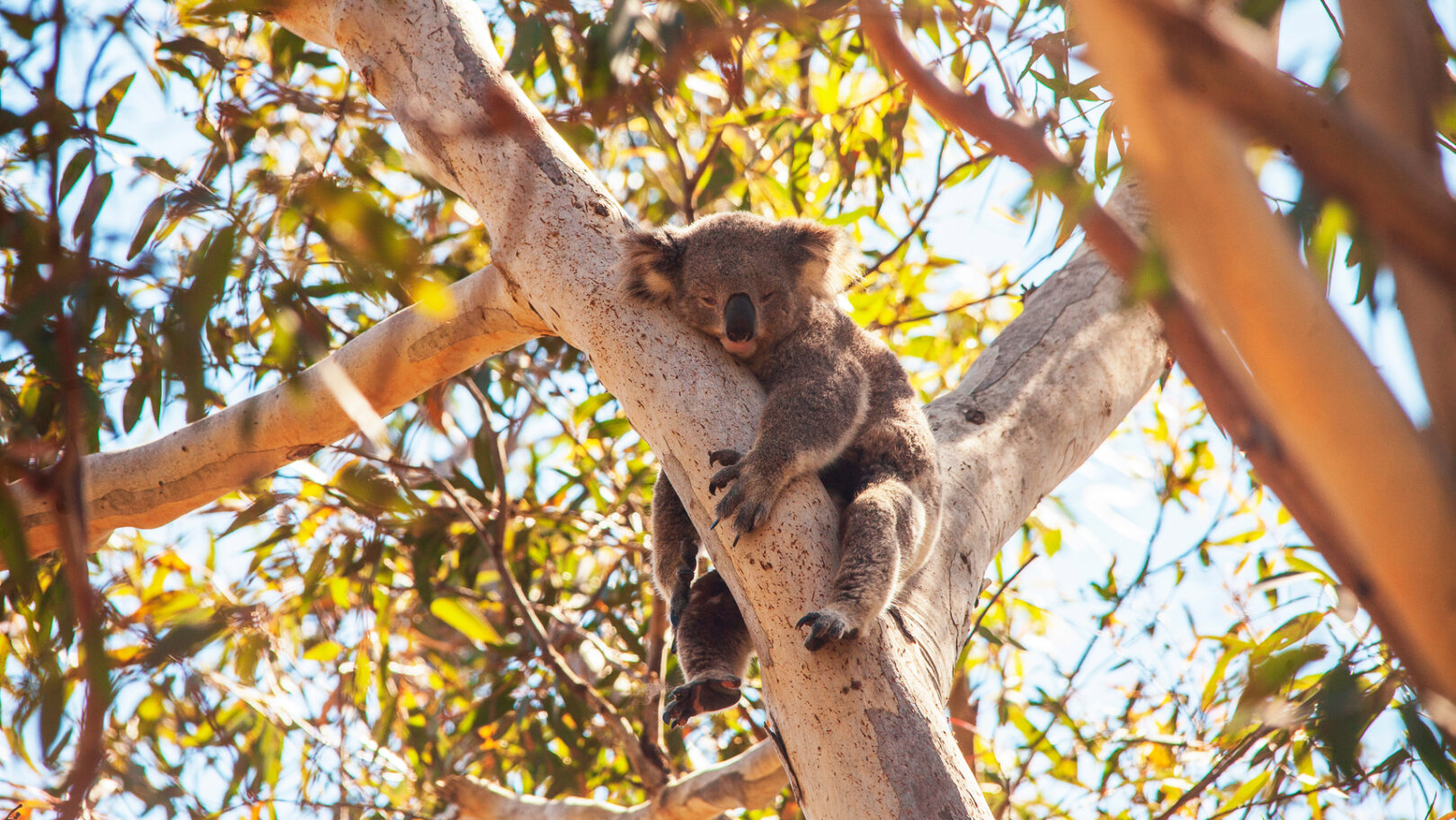
How to get to Australia
With seven major international airports covering the length and breadth of the country, from Cairns in the north, Melbourne in the south, Perth in the west to Sydney in the east, Australia is easily accessible, despite its distance from the UK and US. While the majority of flights go via main hubs, such as the Middle East and Singapore, it’s also possible to fly direct, with services from London to Perth taking 17 hours and from California to Sydney or Melbourne taking around 15 hours.
Once in Australia, distances between large cities and key landmarks can be vast if travelling by road. Four main domestic carriers operate to most key areas and shorten travelling times considerably. For example, driving Perth to Sydney would take 41 hours, as opposed to a four hour flight, while Melbourne to Sydney is nine hours in the car and a 1.5 hour flight.
For the likes of the Hunter Valley, Byron Bay, the Whitsunday Islands and Great Barrier Reef along Australia’s East Coast, fly to Sydney, Brisbane or Cairns. For the wilder but spectacular West Coast, fly to Perth. For bohemian, laid-back city and beach life, fly to Melbourne. And for the national parks and desert landscapes of the Northern Territory, fly to Darwin.
How to get around Australia
With a competitive domestic network, internal flights are relatively inexpensive and by far the quickest option for solo travel in Australia. You can reach the hard-to-get-to spots, such as the Outback and Uluru, and cover more ground in a shorter space of time.
Travelling by road is also a great option, with an extensive and reliable bus network covering some spectacular ground. But to really experience Australia’s vast and epic landscapes, hiring a car will take you through some astonishing scenery, from uninterrupted coastlines to swathes of desert to impressive national parks. And, while journey times are excessive – Sydney to Cairns is 27 hours – there’s plenty of little towns and intriguing hidden landmarks to stop off at along the way.
And, for those wanting to cover long distances in relative comfort, there are four luxury train routes that offer impressive views along the route: The Indian Pacific from Perth to Adelaide; The Great Southern from Adelaide to Brisbane; The Ghan from Darwin to Adelaide, via Alice Springs; and the Spirit of The Outback from Brisbane to Longreach. The journey takes days, rather than hours, but gives you access to some of Australia’s lesser-seen landscapes. With Flash Pack, all internal travel is included, giving you the opportunity to sit and admire the spectacular landscapes.
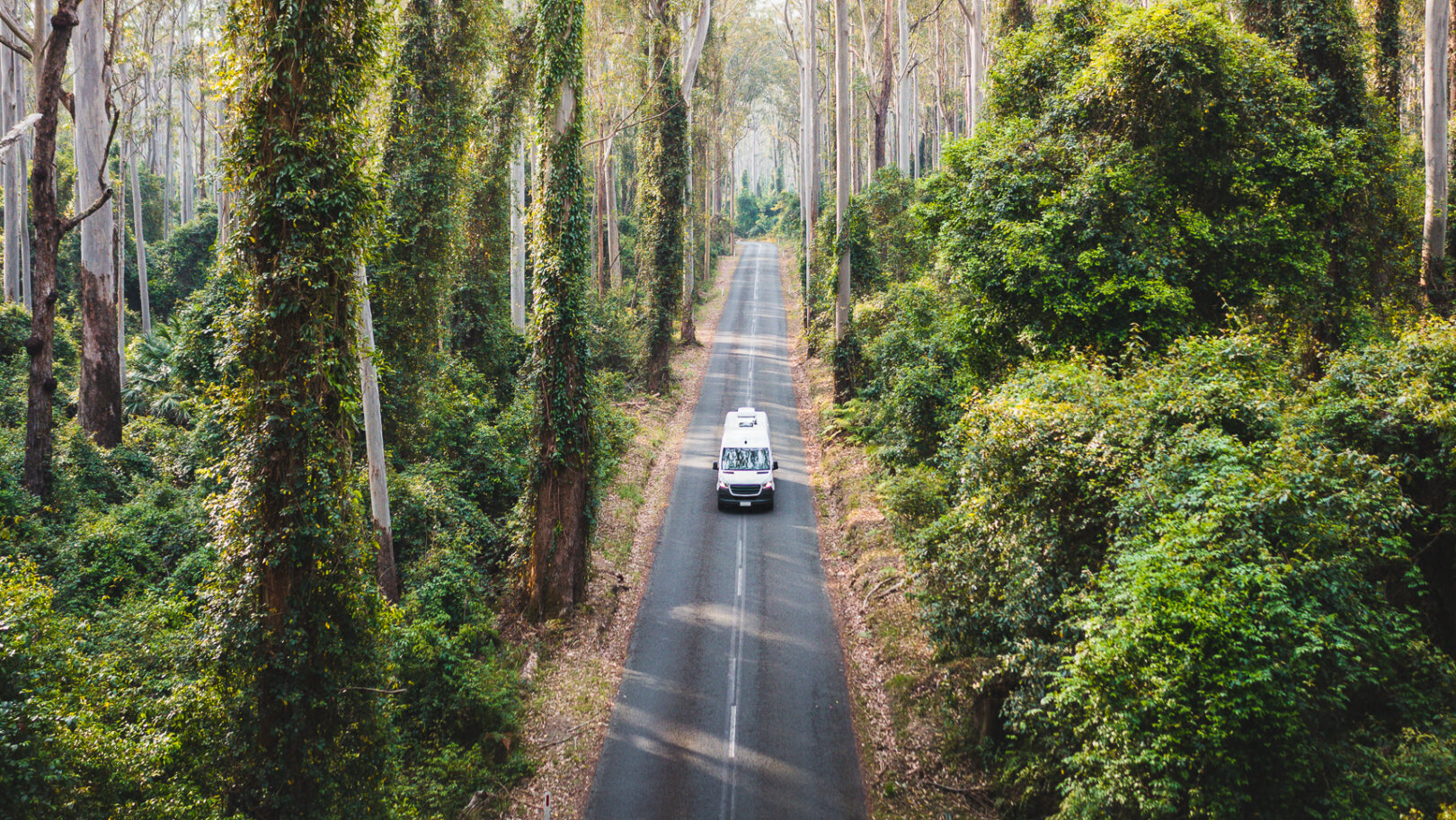
Best time to visit Australia
Due to its location in the Southern Hemisphere, Australia experiences alternate weather patterns to those in the Northern Hemisphere. Across the eight states and numerous territories, conditions vary with a flavour of all four seasons. While Australia’s winter season falls between June and August, for the most part, temperatures remain cool and cloudy rather than blustery and bitter, with the lowest temperatures reaching 1°C and the highest, in the northern reaches, still hitting a sizzling 30°C.
The shoulder seasons of spring (March to May) and autumn (September to November) are idyllic, with pleasant temperatures and fewer crowds in some areas. The East Coast lingers around the mid-20, as does Perth in Western Australia, opening up the Margaret River wine region for some blissful tasting among the vines.
Australia’s high summer season falls between December and February. It’s by far the most expensive time for solo travellers to visit Australia, but rewards come in the form of soaring temperatures, glittering coastlines and balmy city nights.
Australia travel itineraries
Australia’s long distances between cities and landmarks can be nerve-wracking for solo travellers. On Flash Pack’s 14-day East Coast Australia: Sydney, Byron & Beyond adventure, you’ll cover the majority of big hitters, as well as experiencing some one-off moments. Starting in Sydney, you’ll see the sights, with your fellow Flashpackers and end the day getting to know each other over a schooner in a traditional Aussie pub.
From here, you’ll head north towards New South Wales’ wine region, the Hunter Valley, where you’ll get to savour the local grapes, as well as gourmet chocolate, handmade cheese and small batch local spirits. You’ll see wildlife along the Sunshine Coast and thrill seeking on a 4×4 adventure on K’gari (formerly known as Fraser Island), before reaching the sensational swirls of the Whitsunday Islands translucent waters and glistening white sands.
The trip ends at one of Earth’s greatest marvels, the Great Barrier Reef, a hotbed of biodiversity that sprawls for over 2,300 kilometres off Australia’s northeast coast.
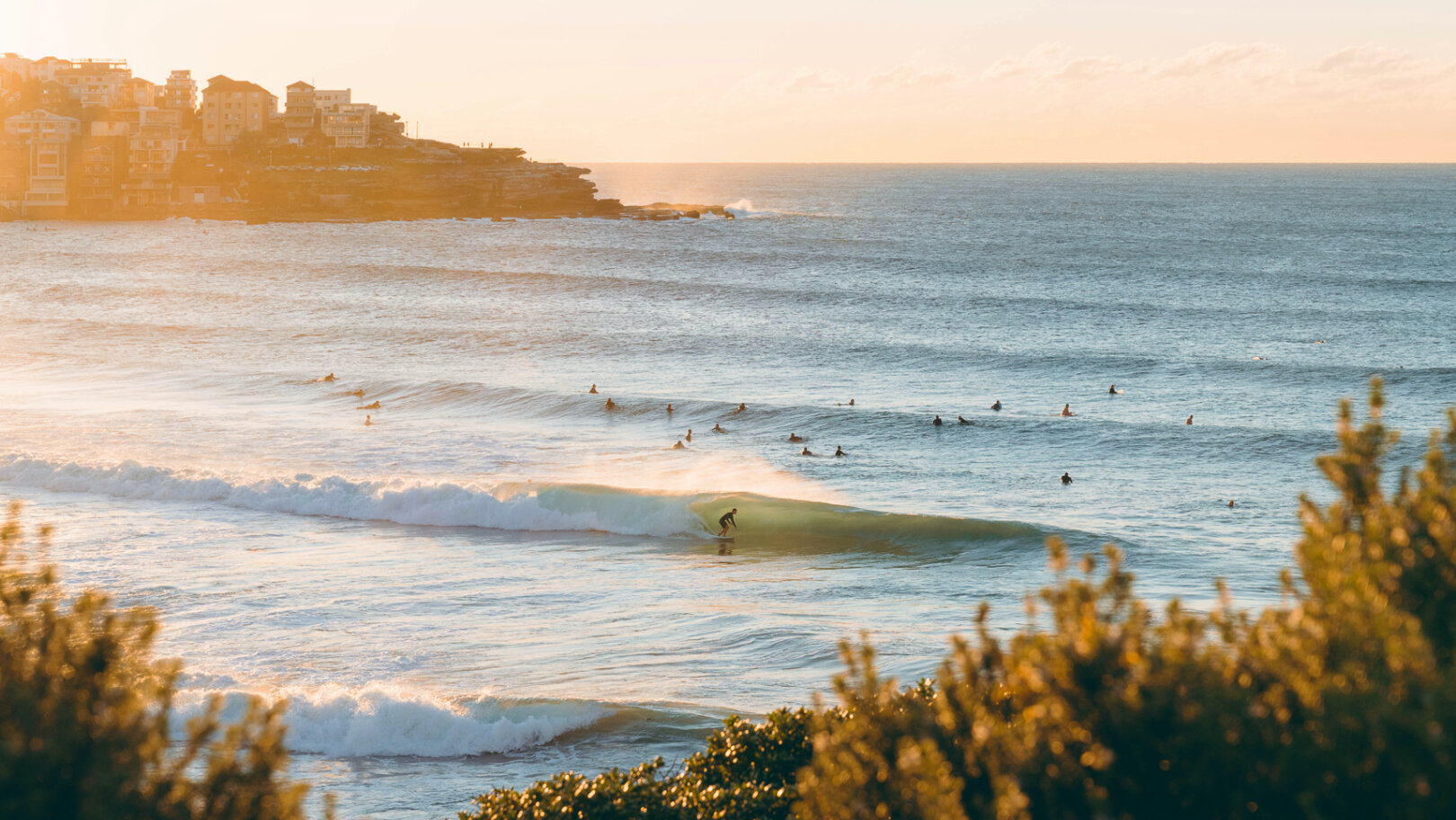
What to pack for solo travel in Australia
With vastly different landscapes requiring vastly different attire, it can be tricky to know what to pack for a solo trip to Australia. For those looking to enjoy the coastal areas and spend time on the beach, swimwear, flips flops, a sunhat and strong factor suncream are essentials as you’ll be exposed to higher UV levels than countries in the Northern Hemisphere. For those venturing inland to the harsher conditions of the desert areas or to the uneven terrain of the national parks, you’ll need lightweight clothes, plenty of sun protection and a good pair of hiking boots. For a cityscape, a comfortable pair of walking shoes and something warm for the cooler evenings. If you’re exploring areas such as K’gari or Sydney’s Blue Mountains, you’ll want to take a small day backpack, reusable water bottle and protective layers. You’ll need an adapter to fit plug socket I (or a universal one). And, bring a good camera to capture all the impressive once-in-a-lifetime sights.
Solo travel advice for Australia
Australia is known for being welcoming and friendly, with much of the country geared towards tourism and people happy to help you navigate your way around. With a reliable and vast domestic transport network, covering Australia’s large distances is reasonably simple and safe as a solo traveller, too. But it can be intimidating if you’re not used to travelling alone, especially in the areas with long stretches of solace. With Flash Pack, solo travellers have the security of a Pack Leader and the social aspect of the group to travel and explore with, making any long journey part of the adventure.
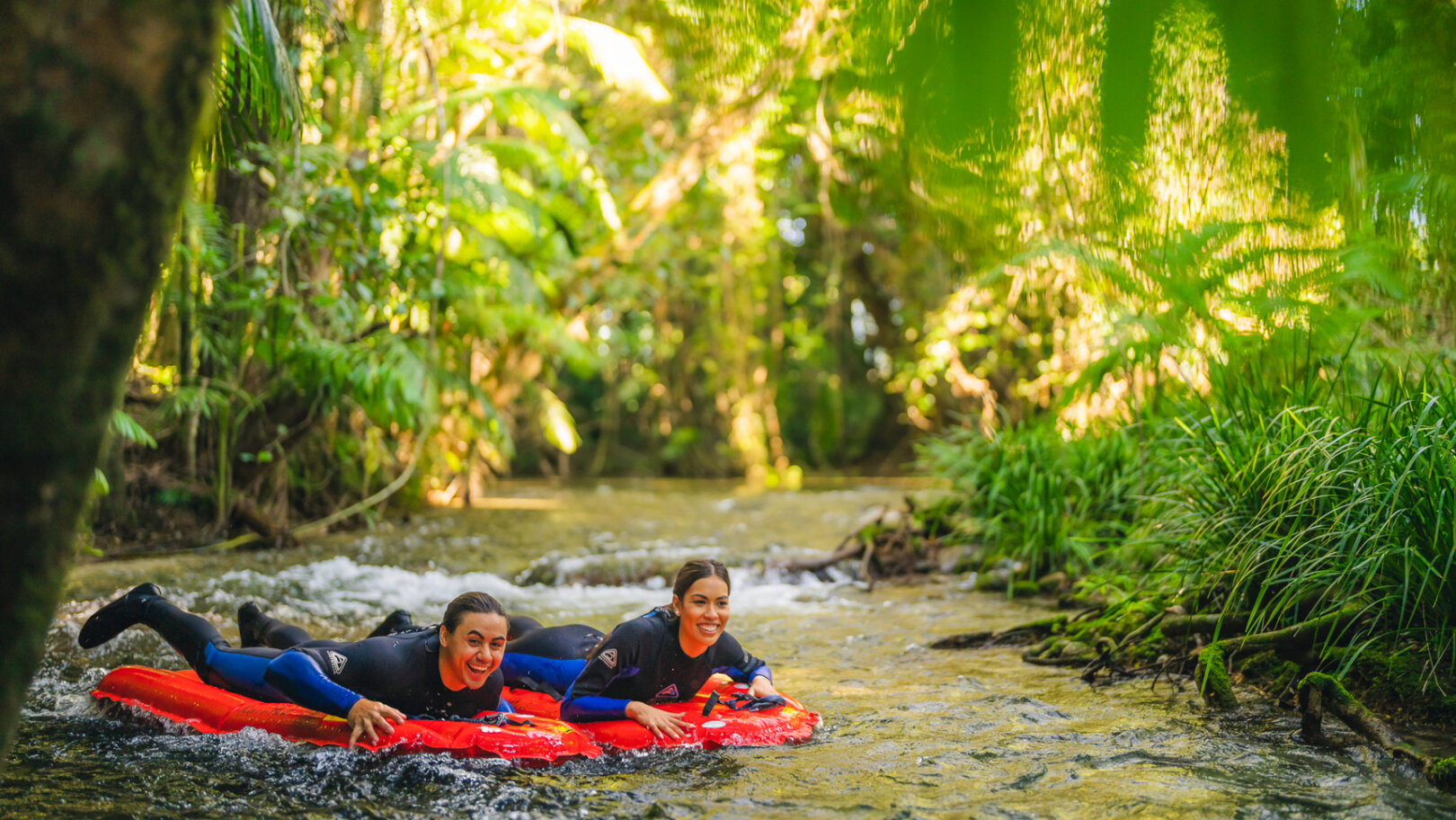
Is it safe to travel solo in Australia?
Millions of tourists travel far and wide to experience solo travel in Australia each year, with the majority of trips trouble-free. However, do check out the Foreign and Commonwealth Office (UK), the Department of State Travel Advisories (US) or your country’s local government guidelines for the latest advice before travelling. Once there, follow local advice and be aware of your surroundings at all times.
Australia is a very popular tourist destination and considered to be extremely safe for solo travellers. With a well connected, easy-to-navigate public transport infrastructure and an established tourist offering, the country is straightforward to explore for both new and experienced and new travellers. However, using official guides at popular sights is always recommended, as is only using licensed cabs and recognised transport companies. A group solo adventure will add an additional layer of safety to any trip, meaning you can travel along Australia’s vast coastlines and through extraordinary landscapes without having to navigate the distances alone.
Ready for your next adventure? Try group solo travel to Australia with Flash Pack – designed exclusively for people in their 30s and 40s, seeking the independence of solo travel within the safety of a group.
A cool 98% of Flashpackers arrive solo to join our group adventures. So, you’ll be in good company – whether a first time solo traveller or a seasoned pro looking for like-minded new friends.
Images: Unsplash, Backcountry Bliss and Adobe Stock

